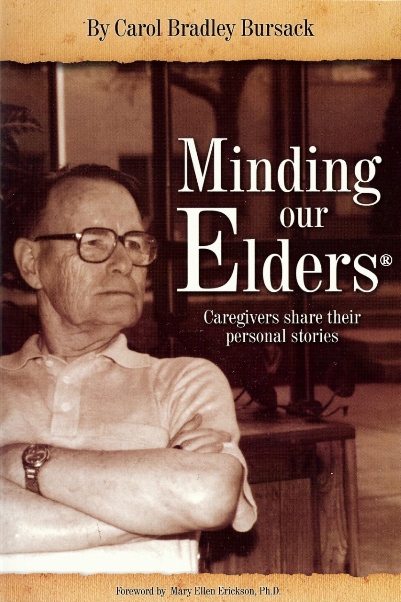How to Communicate with Someone Who Can No Longer Speak
Years ago, I stumbled upon a video that remains vivid in my mind. In it, an elderly couple who had spent a lifetime devoted to one another was coping with the wife’s late-stage Alzheimer’s disease. The wife lived in a nursing home and was unhappy, aggressive, and even combative with the staff. Her condition had robbed her of her ability to communicate, so no one knew what was upsetting her or how to help her relax.
The husband decided he would do what he’d always done: he climbed into her bed with her and held her. He cuddled with her, stroked her face, and told her he loved her. He spent hours just snuggling and holding her.
Slowly, his wife responded. This angry, difficult woman became easier for the staff to handle. She was friendly, cooperative, and generally happy – much like she had been before the dementia-related behaviors and mood swings set in. She was still unable to communicate effectively with her husband and the nursing home employees, but she finally seemed to find some contentment.
The Power of Physical Touch: I found this particular story riveting and poignant. Human touch has long been known to have soothing, healing qualities, especially for those who are unable to communicate using traditional methods such as speech and writing. For example, researchers found that babies who live in orphanages where they are not held and cuddled cease developing normally and are at a greater risk of death. The need for human touch and interaction begins at birth and never goes away. Although it may become increasingly difficult or impossible to engage in…
Minding Our Elders: Caregivers Share Their Personal Stories. “For anyone having to walk the last segments of life with a loved one, read this.” …Delores
Discover the Difference. EGOSAN: The premium incontinence brand caregivers love – Now Available on Amazon.







